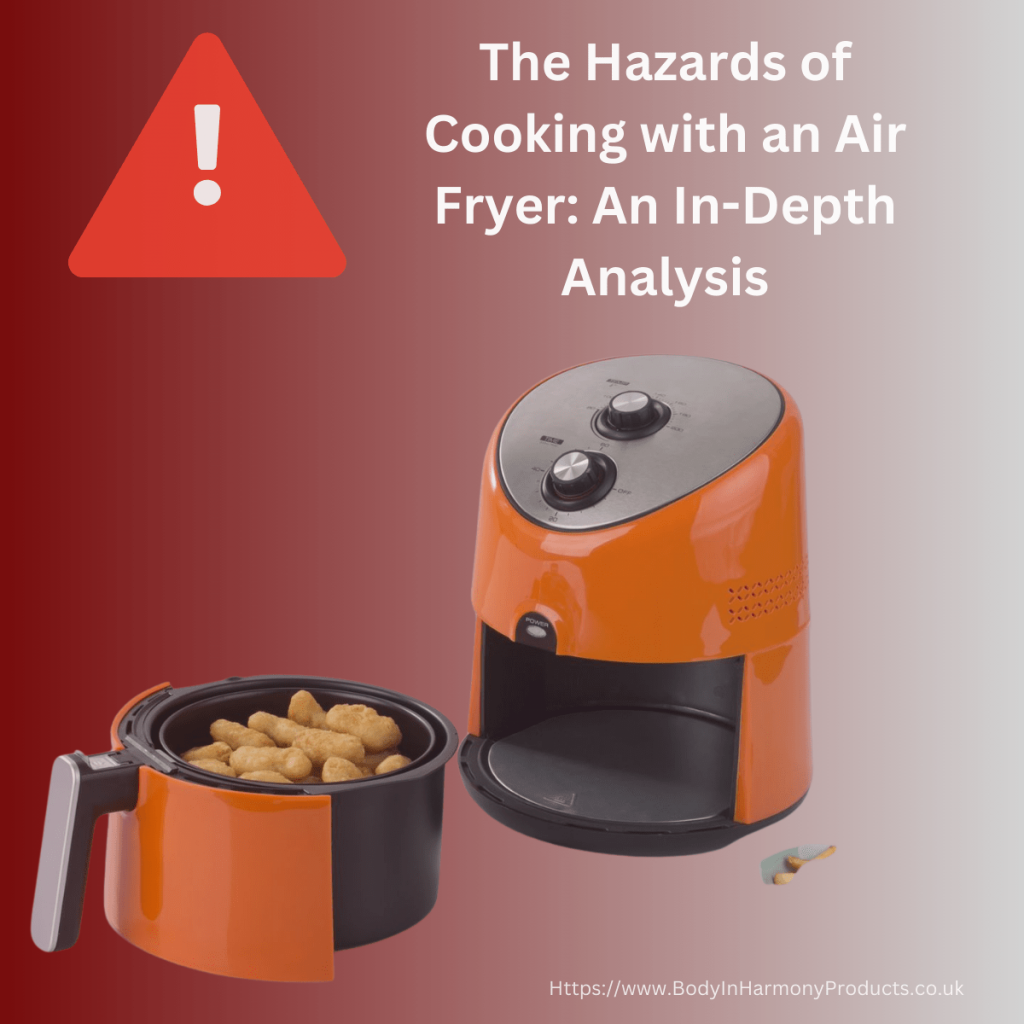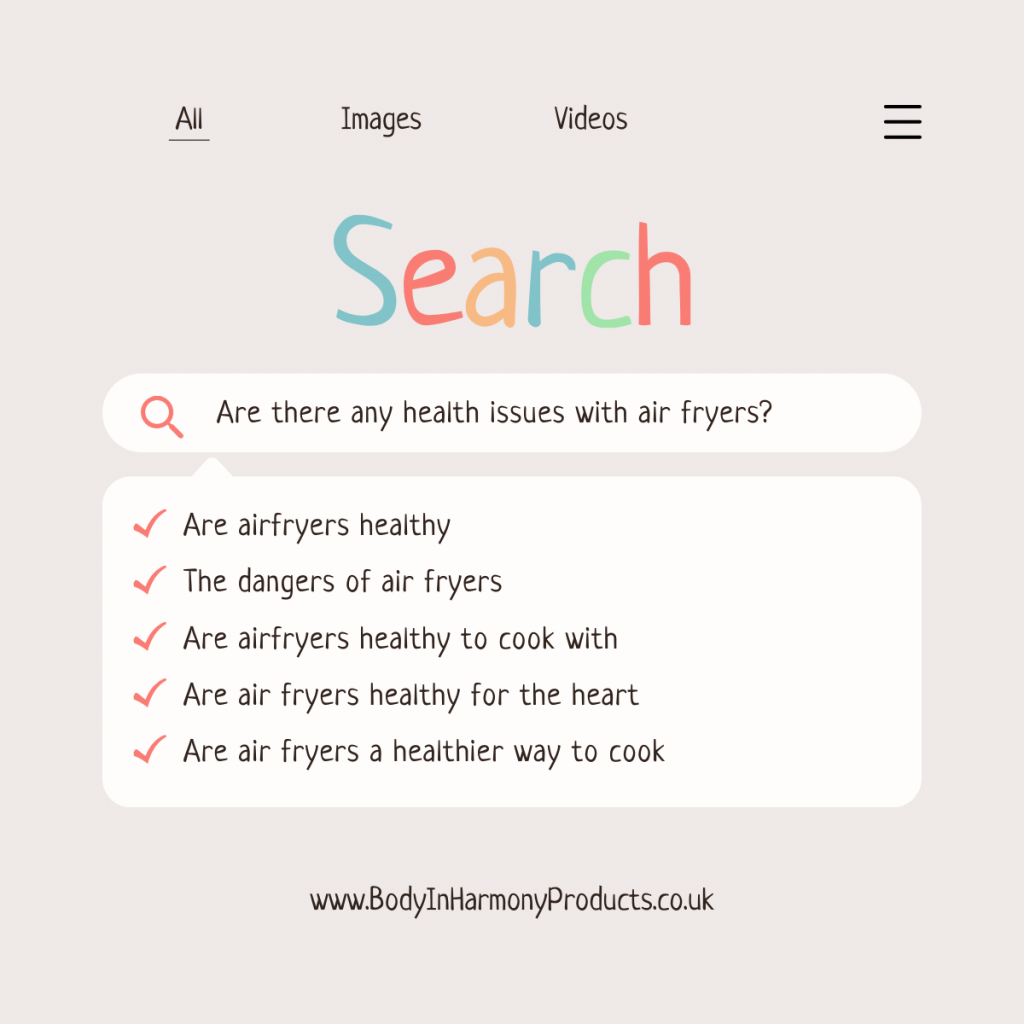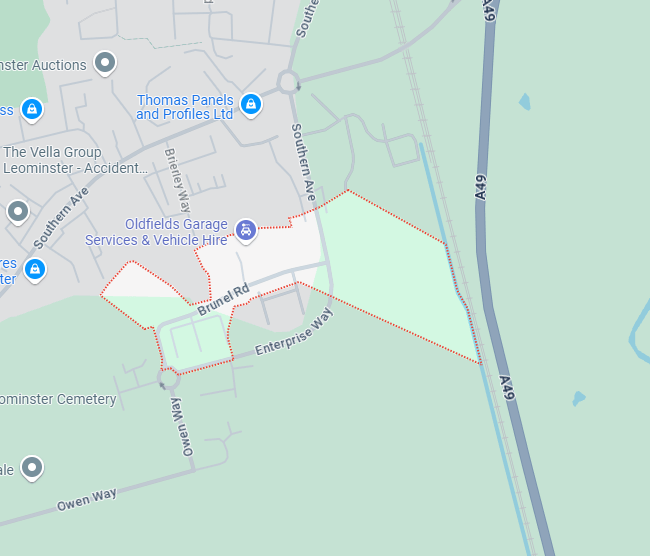Air fryers have certainly revolutionised modern cooking. They promise crispy, golden meals using minimal oil.
While their popularity continues to soar, it is essential to recognise that these appliances are not without hazards. This report explores the potential risks associated with air fryers, encompassing safety, health, and environmental concerns.

Fire Hazards and Overheating
Air fryers operate by circulating hot air at high temperatures, typically between 150°C and 200°C. This intense heat, combined with compact designs can lead to overheating if the appliance is misused or faulty. Key risks include:
- Blocked vents: Proper ventilation is If vents are obstructed the heat build-up may cause the appliance to overheat and potentially catch fire.
- Overloading: Overfilling of the basket can hinder the airflow forcing the device to work harder thus increasing the risk of overheating.
- Electrical issues: Faulty wiring or substandard plugs can result in short circuits, leading to fire hazards.
Air Fryer Health Concerns
The hazards of cooking with an air fryer are all too common. While air fryers are marketed as a healthier alternative to deep frying, there are certain health concerns remain that you should be aware of:
- Acrylamide formation: Air fryers cook food at
high temperatures which can lead to the production of acrylamide—a potentially carcinogenic chemical that you should be aware of, This occurs particularly in starchy foods like chips and potatoes. - Polycyclic aromatic hydrocarbons (PAHs) and heterocyclic amines (HCAs): Overcooking or burning protein rich foods in an air fryer can generate these harmful compounds, which are linked to
- Nutrient loss: Similar to other high-heat cooking methods, air frying may degrade heat sensitive nutrients like vitamin C and some B vitamins.

Material and Build Quality Hazards
Air fryers are often constructed from different plastics, metals, and non-stick coatings, These materials can pose risks if not of a high quality or if incorrectly maintained:
- Toxic fumes: Low-quality non-stick coatings may release harmful fumes, such as polytetrafluoroethylene (PTFE) off-gassing, when overheated.
- Plastic leaching: Prolonged exposure to high temperatures can cause substandard plastics to leach chemicals into food.
- Wear and tear: Scratched or degraded coatings can lead to contamination of food with small particles.
User-Related Hazards
Improper handling and lack of familiarity with air fryer operation can result in accidents. Common user-related risks include:
- Burns: The exterior and internal components of air fryers, such as the basket and tray, become extremely hot during operation.
- Oil splatter: While air fryers use minimal oil, adding too much or cooking fatty foods can cause splattering, leading to potential burns or mess.
- Neglected cleaning: Accumulated grease or food debris can ignite, creating a fire hazard.
Use oven gloves to handle hot components, avoid adding excess oil, and clean the appliance thoroughly after each use with non abrasive cleaning materials.
Environmental Concerns
Air fryers, like many modern appliances, are not without environmental impact:
- Energy consumption: While more energy-efficient than ovens frequent usage of air fryers can still contribute to household electricity consumption.
- Electronic waste: The relatively short lifespan of some models leads to increased electronic waste, particularly if repair options are limited.
- Non-recyclable materials: Many air fryers are constructed with components that are challenging to recycle.
Opt for durable models, prioritise repairs over replacements, and recycle responsibly where facilities exist.
Noise and Air Quality Issues
Air fryers can also create minor inconveniences or discomforts, such as:
- Excessive noise: Some models produce a noticeable level of noise during operation, which may be disruptive.
- Odours and fumes: Cooking fatty or pungent foods can release odours that linger in the kitchen, and poorly ventilated models may exacerbate this
Choose quieter models and ensure proper ventilation in your cooking space.
Conclusion
While air fryers offer undeniable convenience and health benefits, it is crucial to acknowledge and address their hazards. By understanding the risks associated with fire, health, material quality, and environmental impact, users can take proactive measures to ensure safer and more sustainable usage. Ultimately, responsible ownership and adherence to best practices are key to minimising these risks and enjoying the advantages of air frying.





